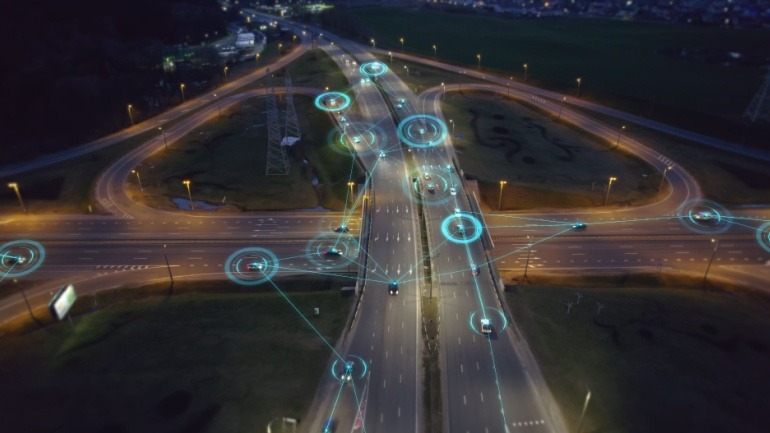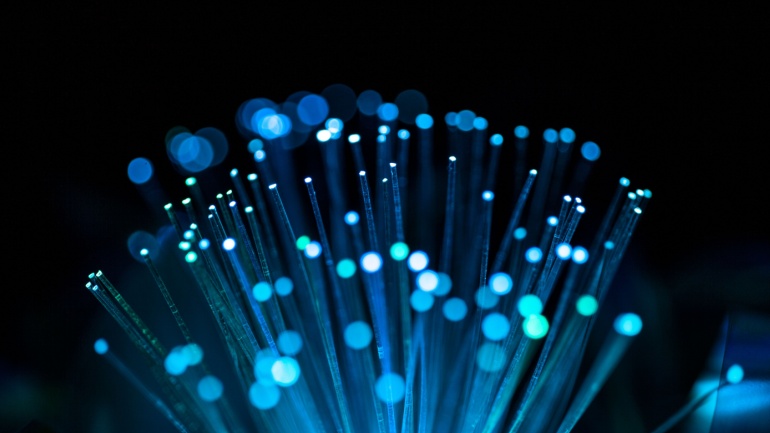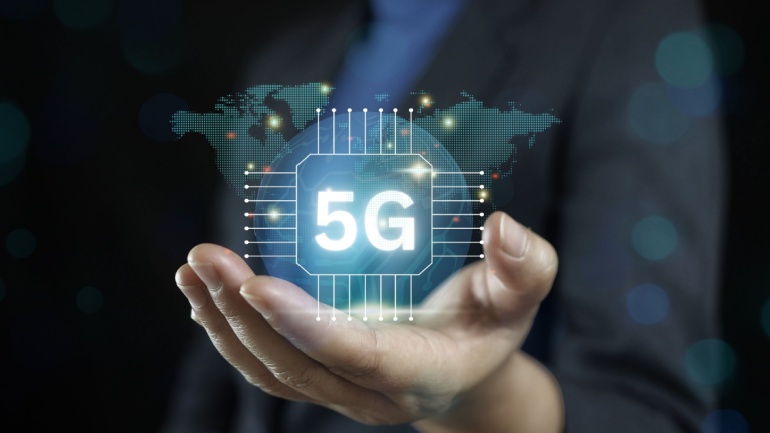The GSMA and MSSA partnership is set to revolutionize global communication through VoIP and satellite integration. By synchronizing terrestrial and satellite networks, they aim for enhanced connectivity, efficiency, and scalability. This collaboration promises to redefine VoIP solutions, overcoming challenges and paving the way for advanced, seamless global communications.
Cisco’s decision to exit the LoRaWAN market by 2025 marks a significant shift in the IoT landscape. While phasing out LoRaWAN products, Cisco encourages exploration of alternative suppliers through the LoRa Alliance. This ecosystem’s robust growth and diverse vendor availability ensure ongoing development and adaptation, meeting evolving global business needs.
Verizon Business has partnered with Vay Technology to enhance Vay’s innovative driverless fleets with cutting-edge 5G connectivity. Vay’s remote-operated electric vehicles will leverage Verizon’s robust mobile network, revolutionizing the VoIP landscape with teleoperation-ready cars and seamless data management.
OneLayer, a 5G security startup, has signed a multi-year agreement with Evergy to secure operational technology assets on its private network. Leveraging partnerships with Nokia and Ericsson, OneLayer’s zero-trust security platform, OneLayer Bridge, will manage IoT and OT devices across the U.S.
Celona, a U.S.-based private networks specialist, is advancing into the Chinese market through a strategic partnership with Xingtera. This collaboration aims to deploy Celona’s innovative 5G LAN solution across industries such as manufacturing and logistics. Supported by Oriental Cable Network and Inspur, the partnership enhances secure wireless connectivity and accelerates digital transformation.
Vodafone has expanded its strategic partnership with Microsoft, integrating Microsoft 365 Copilot AI across 68,000 employees to boost productivity and digital efficiency. Incorporating generative AI into various business areas will streamline tasks, allowing employees to focus on more creative endeavors.
Ericsson has joined the Mobile Satellite Services Association (MSSA) to promote Non-Terrestrial Networks (NTN) and advance direct-to-cellular and IoT communications. This collaboration leverages satellite spectrum to enhance mobile coverage globally. With MSSA’s focus on integrating terrestrial and satellite networks, Ericsson aims to provide seamless, reliable connectivity worldwide.
Sparkle, an international service provider, and Airtel Business have partnered to enhance VoIP connectivity between Asia and Europe via the Blue & Raman Submarine Cable Systems. This strategic agreement promises to diversify and expand global network capacity, catering to increasing data demands and ensuring seamless VoIP services for businesses and consumers.
Nokia partners with Rockwell Automation to test private 5G on the CBRS band, enhancing industrial automation using EtherNet/IP protocols. With successful integration of time-sensitive networking and ultra-reliable low-latency communications, this collaboration signifies a breakthrough for Industry 4.0 applications. Discover how private 5G network solutions are transforming industrial automation and connectivity.
Verizon’s acquisition of Frontier Communications for $20 billion will expand its fiber footprint to 25 million premises across 31 states and Washington, D.C. This strategic move aims to enhance Verizon’s fiber and fixed wireless access services, accelerating premium broadband offerings and boosting overall service revenue.













